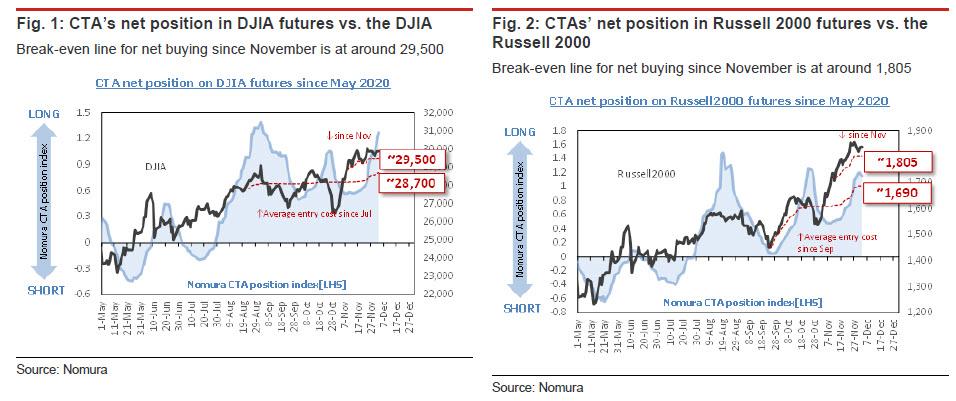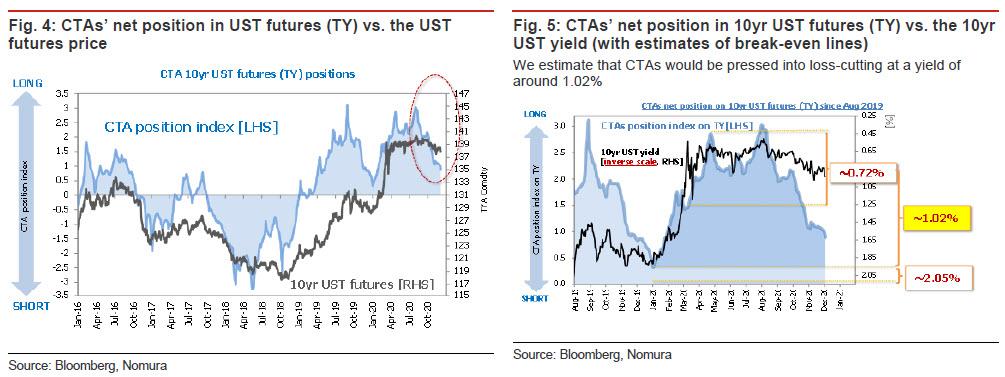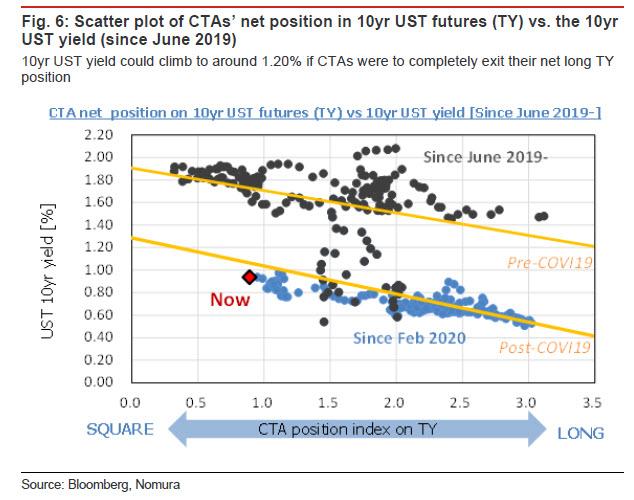From Australia's Quadrant Magazine:

When J.R.R. Tolkien was asked, late in life, how he had created the extraordinarily rich and complex world in which his famous adventures took place, he answered that he “wisely started with a map and made the story fit”. Before him, Robert Louis Stevenson gazed at the map of Treasure Island that he had drawn for his own story, and “found the pirates began crawling out of it, Long John Silver with his cutlass between his teeth”. The romance of adventure aligns naturally with a map, for it allows the narrative to unfold step by step, growing into the space delineated. But there is always the danger that maps overwhelm the brute facts of geography, comprising instead a kind of spatial yearning that substitutes for the difficulty of actually bringing the story to life. As long as the story remains fiction though, X really can mark the spot.
Perhaps there is a carto-tropic property of the human mind that exaggerates the significance of maps, substituting an idea of control for the real thing, as if maps contain some secret knowledge, an unknown mountain pass, a sacred river or a hoard of gold. Dreams of controlling territory often turn on wild claims of the strategic importance of hidden pathways and unlocked doors, which is why they form the best plots of spy and adventure novels. Not just Stevenson and Tolkien, but perhaps the greatest of all spy novels—Erskine Childers’s The Riddle of the Sands—also turns on the discovery of a hidden invasion route and a grand conspiracy, the secret knowledge of which is obtained by a couple of sojourning yachtsmen, like Swallows and Amazons for grown-ups. The book even reproduces a series of detailed maps. From John Buchan to Tom Clancy, the sheer number of thrillers that involve secret treaties, oil pipelines and hidden keys that unlock and transform the entire world order would be hard to overestimate.
All these adventure tales do have a serious side, however, in that they often overlay the reality of political and strategic competition. This is particularly so when academics and commentators turn to what is known as “geopolitics”, a field of inquiry in which maps take precedence, for when the geopolitical imagination fires up, maps are taken as opportunities to clarify the strategic facts. But it should occasionally be asked, do they clarify or do they disguise? Jorge Luis Borges, another famous novelist, wrote a one-page story1 about an ancient civilisation of map-makers, whose desire for precision led them to make a 1:1 scale map of their entire empire, which merely crumbled, forgotten into the desert sands after it was, obviously, found to be useless.
Borges was satirising scientists but his story also captures something of the allure of maps and the seductive generalising they encourage, allowing us to visualise what we would like to see over and above what is actually there. This failing, I believe, can also apply to geopolitics, where the urge to make spatial sense of politics leads to what Salvatore Babones has called “mappism”,2 which might be compared to Stevenson’s reaction to his own map of Treasure Island, leaving the contemporary strategist “seeing naval bases and new alliances crawling out of it, Xi Jinping with his Belt and Road clamped firmly between his teeth” when in reality there are just lines on a page.
The Technology of Geography: Or, Why Mackinder was Wrong
To some extent it is of course true that maps matter. Military commanders need to know exactly the contours of any battlefield on which they will engage. Consequently, mountain passes, narrow straits and isthmuses matter for any effort to concentrate and supply force. But on another level, the perceived importance of maps reduces to a misconception, or at the very least a simplification, of geopolitics. A strategist takes geography for granted, assumes that it is broadly fixed, and plans around it. This is why knowledge of terrain and “reading the ground” have historically been critical skills for the battlefield commander. At the battle of Assaye in 18033, for example, Arthur Wellesley (the future Duke of Wellington) personally surveyed the ground, estimating that a river, contrary to the intelligence he had received, was fordable, allowing him to gain a crucial advantage in the ensuing engagement. Scale up these sorts of considerations to the strategic level and although the ground becomes more complex, the task of the strategist remains a proper consideration of the constraints geography applies to force projection.
Geopolitics, however, concerns not the constraints of geography on military action or strategy, but the determining quality of geography on politics. Geopolitical insights are therefore more general, more predictive. Sir Halford Mackinder (1861–1947) suggested that it was possible to determine “geographical causation in universal history”, and although he is considered the progenitor of the discipline of geopolitics one can find many antecedent works that reward serious “geopolitical” reflection. Famously, Alfred Thayer Mahan’s classic The Influence of Seapower upon History (1660-1783)—mentioned in The Riddle of the Sands—is one, but there are many pithy quotes from renowned statesmen of the past. Napoleon, for example declared that “Geography is destiny”, though apparently he made that remark before his invasion of Russia, so perhaps he changed his mind....
....MUCH MORE






